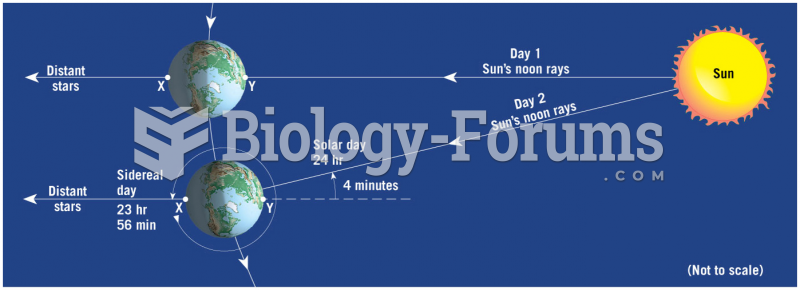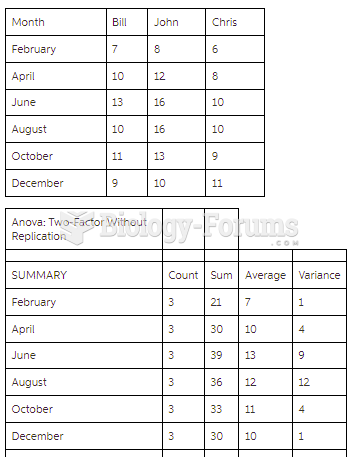Answer to Question 1
Answer: The pay gap between the most affluent executives and the average worker in the U.S. remains wide. CEOs have averaged about 351 times the annual pay of typical U.S. workers. By contrast, the ratio is 22 in Britain. Whereas people in the United States derive great status from high pay, nations in large parts of Europe shun conspicuous wealth. Governance of executive pay varies from country to country, but there is a definite increase in shareholder influence on executive pay issues from Europe to North America to Asia Pacific and beyond. This trend will likely continue. Shareholders in Europe have been the leaders of the push. Executives at French firms face binding shareholder votes on certain aspects of their pay packages, including share options and retirement packages. Another proposal in France requires that severance payments be conditional on performancea practice essentially unheard of in the past. Also, European governments are trying to exert more direct influence over executive pay as well. Legislators in the Netherlands want to limit nonperformance-based compensation by imposing an additional tax on salary and severance payments. Starting in 2003, public companies in the United Kingdom were required to give shareholders an advisory up-or-down vote on executive pay packages. Although the say-on-pay vote is nonbinding, advocates believe that it has increased the discussion between companies and large investors, which resulted in an improved alignment between pay and performance. As an example, share option plans, which were criticized for rewarding short-term share price volatility over long-term value creation, have been largely replaced with performance-contingent stock. Investors in the Netherlands, Sweden, Norway, and Switzerland can cast a binding vote on executive pay. In addition, Switzerland's law, passed in 2013, prohibits awarding signing bonuses or termination bonuses. Severe fines will be levied on companies that violate the new rules. Across Europe, companies are making efforts to improve executive pay disclosure. It is quite likely these trends will continue in the wake of the recent recession.
Answer to Question 2
Answer: TRUE






